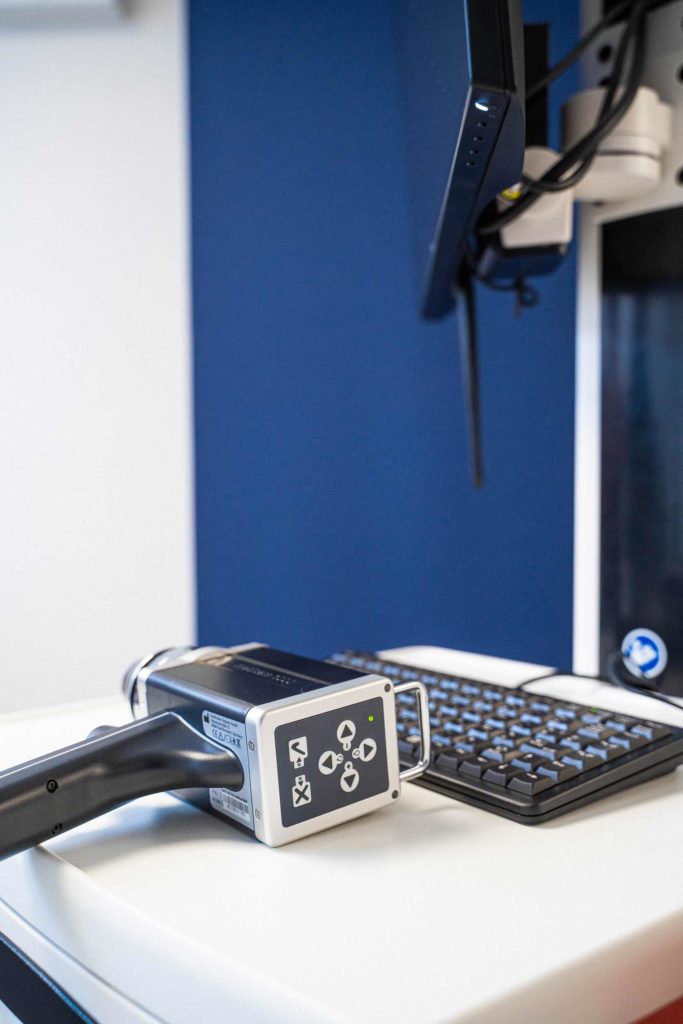Skin cancer is the most common form of cancer in France.
Melanoma is the most concerning form of skin cancer, and the number of newly diagnosed cases has increased over the past 40 years.
Some melanomas develop from existing moles, while others develop spontaneously.
Early detection is the key to a positive outcome.
Dr. Gianfermi and his team of dermatologists are proud to offer a mapping of all moles through FOTOFINDER technology, a state-of-the-art automated imaging technology designed to help identify early warning signs of skin cancer.
Traditional mole mapping is time-consuming and is usually only performed in clinics that specialize in pigmented lesions.
Some dermatology practices can take photographs of individual moles, but are not able to image the entire body.
The dermatologists on Dr. Gianfermi’s team use theFotofinder automated total body mapping system to quickly (in less than 6 minutes) take at least 30 very high-resolution digital photographs, which are then stored in the database of the connected computer. These photographs can be accurately duplicated at a later date (usually between 6 months and a year) and run through the FotoFinder computer algorithm, which analyzes each lesion and helps identify new or changed lesions, which may be a sign of skin cancer.
These comparative images will be used to help identify potentially dangerous lesions during a full-body skin examination.
In addition, if the patient wishes, they can receive a USB flash drive containing the images to help them self-examine at home.


Submit your appointment request and one of our patient care coordinators will contact you shortly.
Early detection of skin cancers offers better chances of cure, particularly in the case of cutaneous melanomas.
In France, there is no organized screening program for skin cancers. Early detection therefore depends on your doctor’s initiative, or your own if you have spotted a potentially suspicious lesion (a sore that won’t heal, a pimple or crust that persists or evolves, a brown “spot”), or a mole that’s “different from the others”.
On average, 100,000 skin cancers are diagnosed every year
